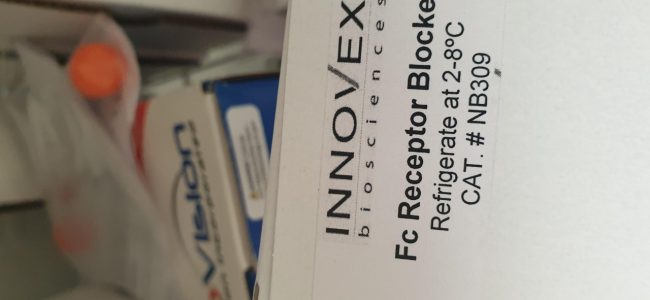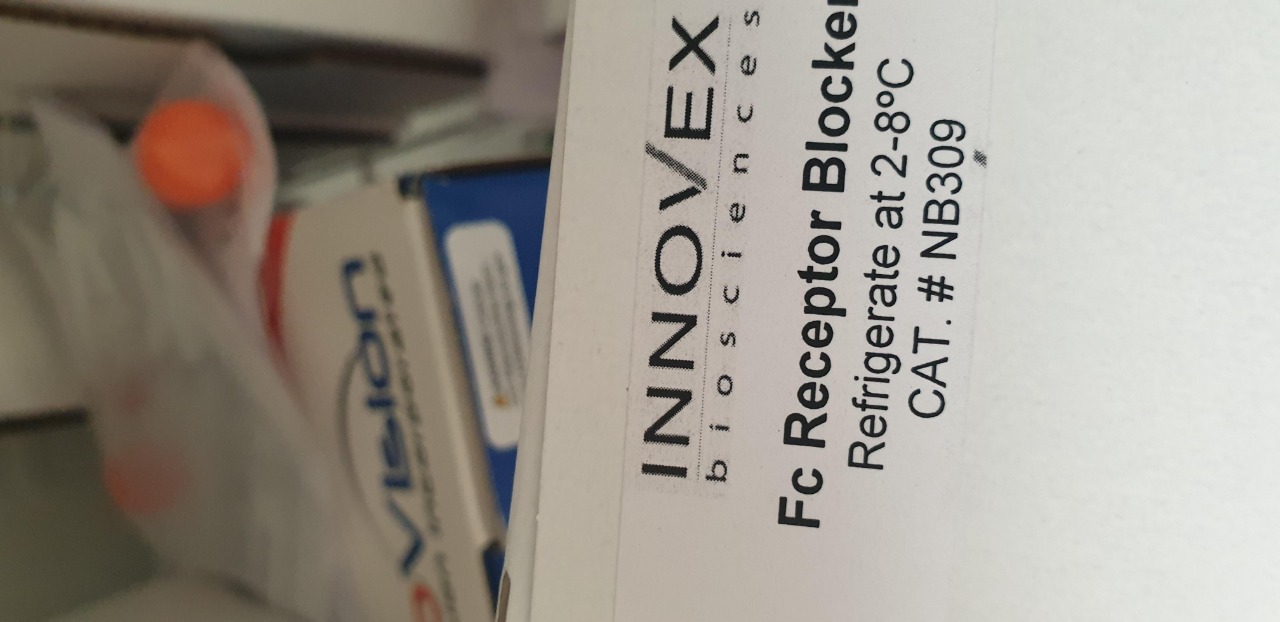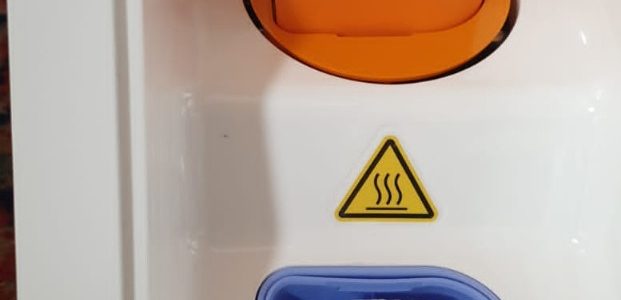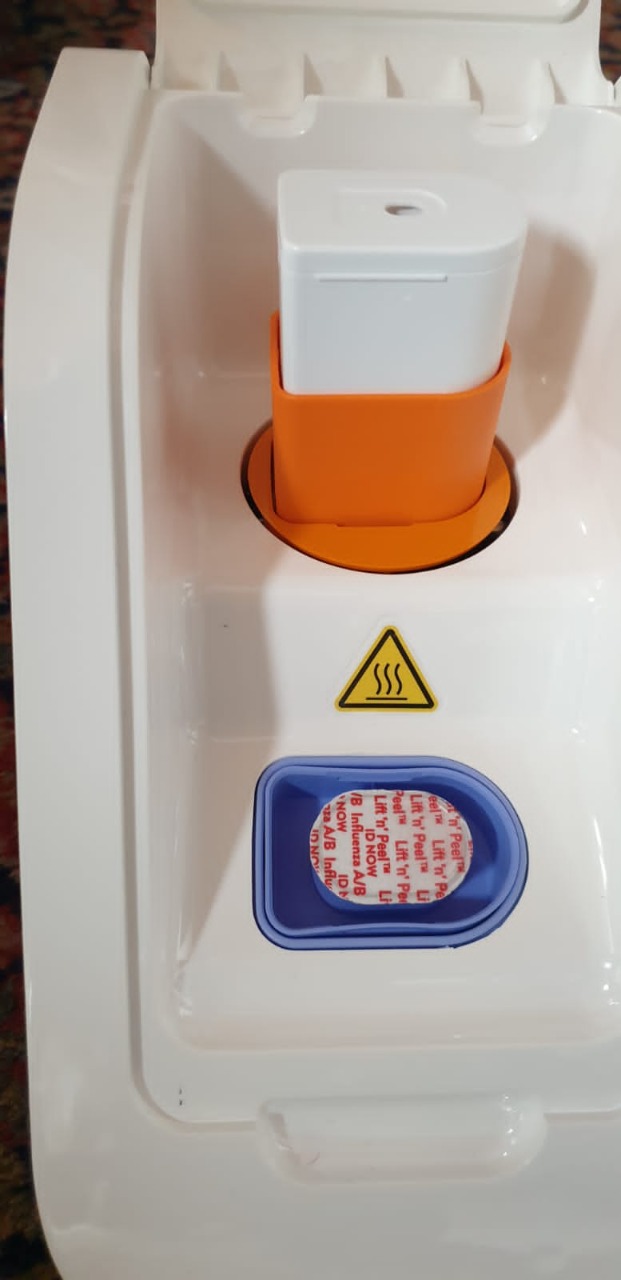
The basic mechanism of gentle regulated plant growth includes photoreceptors and their interacting proteins which act as gentle signaling intermediate components. In Arabidopsis thaliana, UV RESISTANCE LOCUS 8 (UVR8) is liable for the notion and the initiation of UV-B gentle sign. To knowledge, only some proteins have been revealed because the elements of UVR8 protein complexes, limiting our understanding of the molecular mechanisms by which UV-B gentle enter is interpreted to orchestrate quite a few physiological outputs in crops. Therefore, it’s essential to isolate and determine the elements of UVR8 protein complexes at a worldwide stage, with the intention to uncover novel UV-B gentle signaling components and pathways. In this chapter, we offer a protocol for the isolation of UVR8 protein complexes. Basically, co-immunoprecipitation (co-IP) assay is employed to counterpoint UVR8 and its associating proteins in vivo. This technique can be utilized coupling with particular remedies and is appropriate with successive biochemical evaluation.
Recently the vaginal route take into account as a super route for drug supply methods (DDS) administration. This is as a result of, it’s appropriate for decrease drug dosage, increased drug focus within the genital tract tissues and decrease drug focus in pregnant ladies blood circulation. However, the vaginal route administration faces many challenges because of the physiology in addition to the complexity of vaginal tissue histology. Here on this examine, throughout diestrus stage (optimum situation for overseas substance internalization), single or twin measurement of fluorescent thiol-organosilica nanoparticles (tOS-NPs) had been administrated intravaginally. The biodistribution and reactivity of tOS-NPs in several tissues of the feminine genital tract had been investigated beneath the fluorescence microscope.
Furthermore, utilizing immunohistochemical staining, the expression of F4/80 protein and the function of macrophages in transport and re-location of tOS-NPs from vaginal lumen into completely different genital tissues or different organs had been investigated. This examine confirmed that, tOS-NPs measurement and kind of tissue are vital in biodistribution and uptake of tOS-NPs within the genital tract. Small measurement (100 nm) of tOS-NPs was extremely collected within the genital tract tissues particularly endometrial epithelium in contrast with giant tOS-NPs (1000 nm). Contradictory, the massive measurement induced the expression of F4/80 protein and the quantity of vaginal macrophages in contrast with small measurement. However, each small and huge sizes of tOS-NPs had been discovered co-localized with F4/80+ macrophages, positioned within the vaginal, endometrial and ovarian tissues. The tOS-NPs intravaginally administrated had been discovered within the splenic tissues, indicating its potential to enter the blood circulation from the vaginal lumen.
Additionally, the excessive accumulation of tOS-NPs within the endometrial epithelium indicated the endometrial first go impact of tOS-NPs. As a consequence, excessive focus of tOS-NPs within the endometrial epithelium might scale back the focus of tOS-NPs-based DDS within the blood circulation and their unwanted effects. Furthermore, throughout vaginal tissue optimum situation (diestrus stage), understanding the destiny and biodistribution of tOS-NPs will introduce vital knowledge concerning the growth of save and efficient DDS for the pregnant ladies
Estimating Cellular Abundances of Halo-tagged Proteins in Live Mammalian Cells by Flow Cytometry



